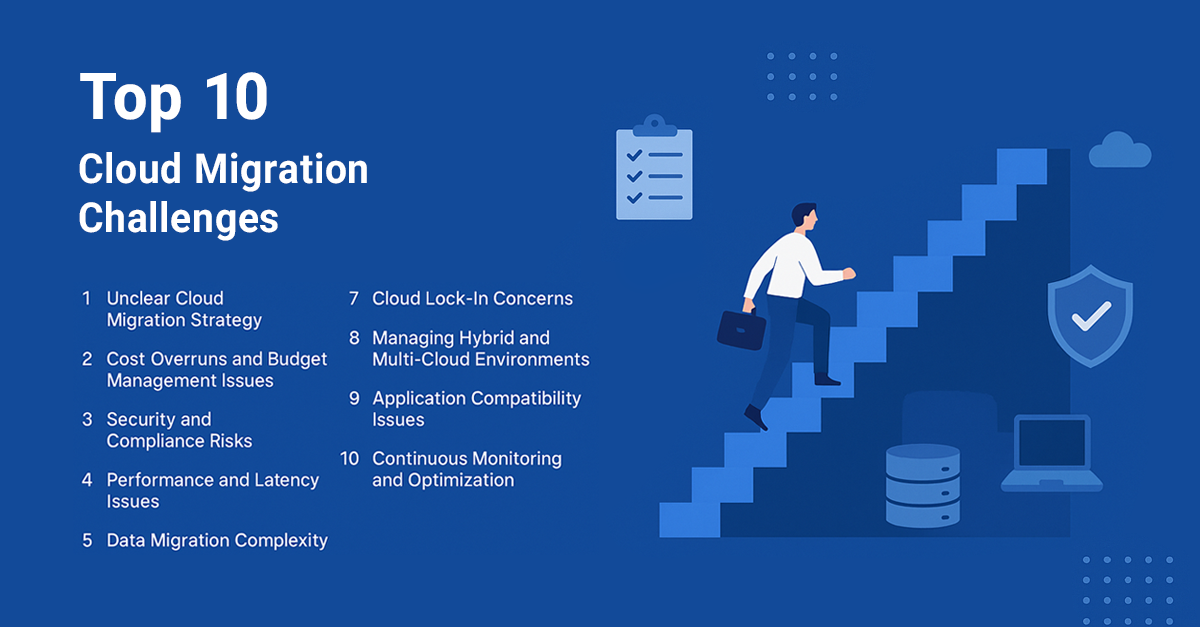-
- the application is added to both Server and Client side monitoring – check,
- Server and Client monitoring are enabled – check,
- your application passes uX ACS (Application Code Scan) checking successfully – check,
- connection string to CSMCollector is valid,
- web application was restarted,
- even the client-side threshold has zero value..
- no errors in Intercept Log as well as no uX events in SEViewer.
- server events are collected as expected and definitely suggest there will be client event…
Insights Blog
How to know when client-side monitoring has been disabled because of some filter?
In this article I’ll show how to check when the client-side monitoring has been disabled by uX filtering using uX traceLog. This is one of the most common steps to troubleshoot uX monitoring configuration.
It is not an uncommon situation when everything seems to have been configured properly, CSMCollector connectivity is OK, no errors in logs, but you still receive no events from client-side monitoring? You view the page source and don’t see even a trace of uX javascript being injected. Great. Now what?
First you probably recheck everything once again:
Share:
Categories:
Featured Posts:
-

Enterprise Artificial Intelligence
Read Now >: Enterprise Artificial Intelligence -

Top 10 Cloud Migration Challenges and How to Overcome Them
Read Now >: Top 10 Cloud Migration Challenges and How to Overcome Them